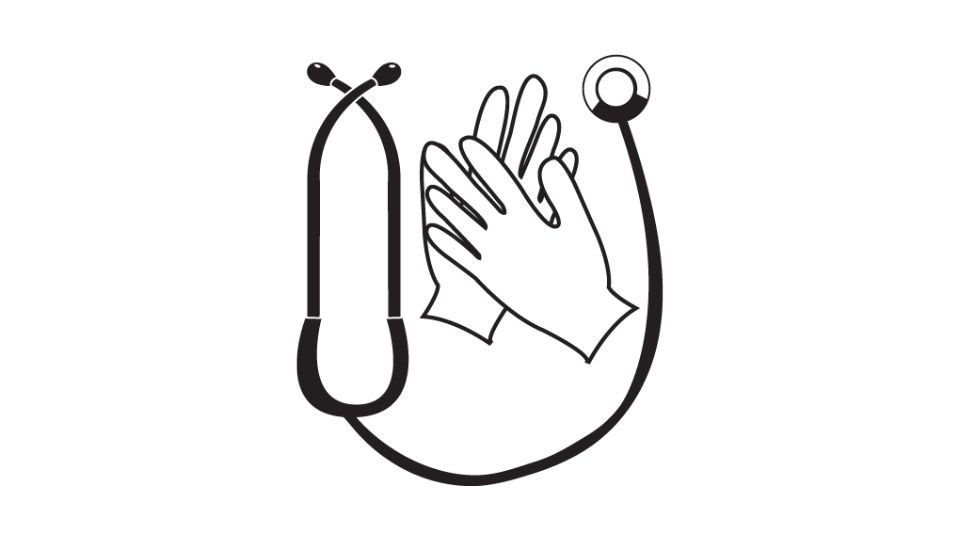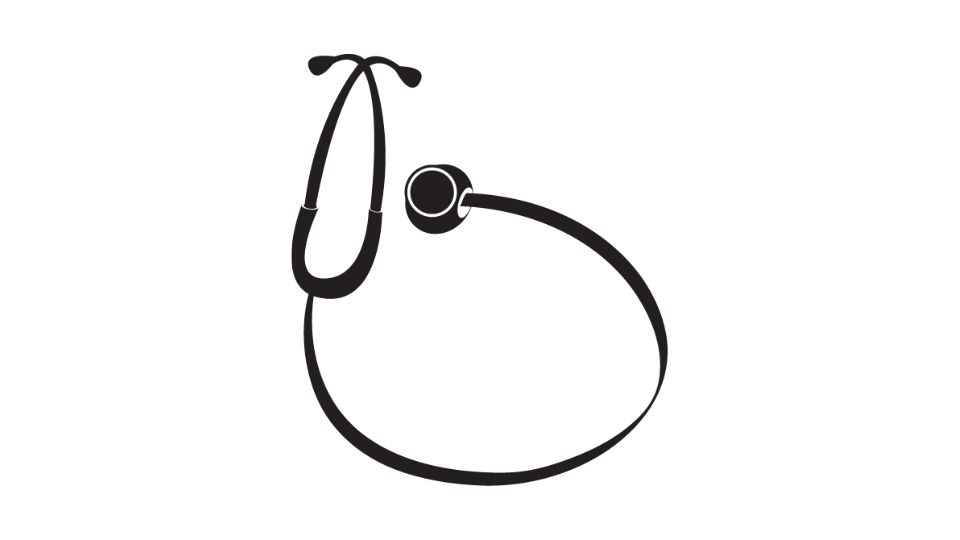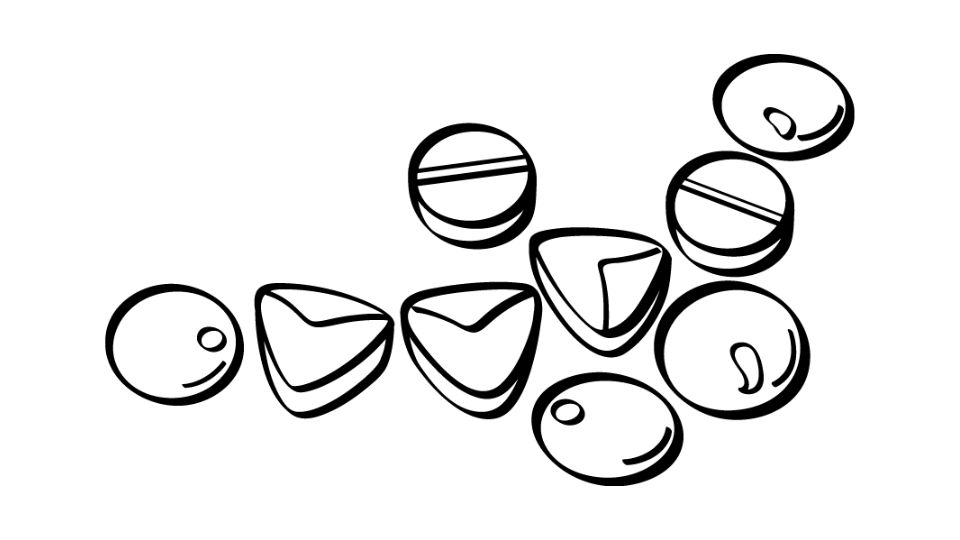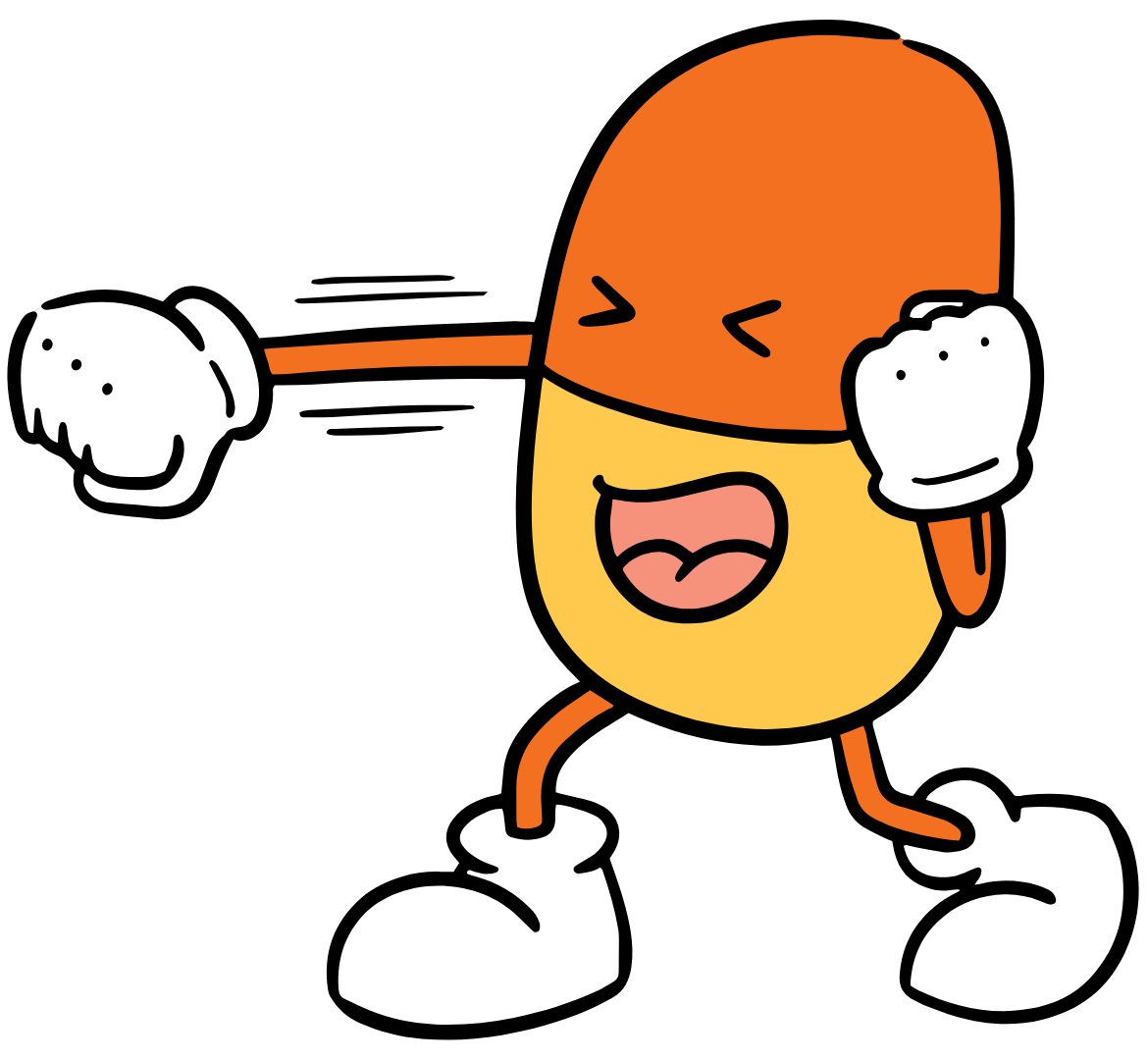What Is Deep TMS Therapy and Does It Work?

Deep Transcranial Magnetic Stimulation might sound like a sci-fi brain treatment, but it’s actually a real, FDA-approved therapy that’s helping thousands of people overcome depression, OCD, anxiety, and even smoking addiction.
Unlike pills that flood your entire body with chemicals, Deep TMS uses targeted magnetic pulses to activate specific brain regions that aren’t functioning properly. Think of it as a tune-up for your brain’s mood-regulating circuits without the side effects of medications.
So is this high-tech brain treatment worth considering? Let’s break it down.
What Is Deep TMS and How Does It Work?
Deep TMS (Transcranial Magnetic Stimulation) is basically a non-invasive way to stimulate your brain using magnetic fields. But unlike regular TMS, the “deep” version uses specially designed coils that can reach further into the brain, targeting those hard-to-reach areas involved in depression and other conditions.
Here’s the science: a helmet with magnetic coils sits on your head, sending carefully calibrated magnetic pulses through your skull (painlessly!) to activate specific brain regions – typically the prefrontal cortex which helps regulate mood.
These magnetic pulses create tiny electrical currents in your neurons, which:
- Wake up underactive brain cells
- Boost neurotransmitter activity
- Strengthen neural connections
- Enhance brain plasticity (your brain’s ability to rewire itself)
The whole process takes about 20-30 minutes, you stay fully awake the entire time, and afterward, you can immediately return to your day. No sedation, no recovery time.
The Benefits of Going Deep

Why does the “deep” part matter? Regular TMS only reaches about 0.7cm into the brain, while Deep TMS penetrates about 1.8cm beneath the skull.
This deeper reach means it can target more of the brain networks involved in depression and other conditions. It’s like the difference between watering just the surface of your garden versus giving the roots a good soaking.
Research shows that Deep TMS creates more widespread activation of neural networks, which may explain why it works for people who haven’t responded to medications or other treatments.
What Conditions Can Deep TMS Treat?

Deep TMS has FDA clearance for several conditions:
Major Depression
This is the primary use, especially for treatment-resistant depression (when medications haven’t worked). The numbers are impressive:
- 50-60% of patients show significant improvement
- About one-third achieve complete remission
- Benefits often last 6-12 months after treatment
OCD
For those trapped in obsessive thoughts and compulsive behaviors, Deep TMS targets the brain circuits involved in OCD. Studies show it can reduce symptoms by 30-40% in patients who haven’t responded to standard treatments.
Anxiety with Depression
Many people experience both conditions together, and Deep TMS can help address the interconnected brain circuits involved.
Smoking Cessation
Quitting smoking is notoriously difficult, but Deep TMS helps reduce cravings by targeting the addiction pathways in the brain.
The Treatment Experience: What to Expect

Before Treatment
First, you’ll have a consultation to determine if you’re a good candidate. Not everyone is – people with metal implants in their head, seizure disorders, or certain neurological conditions may need to explore other options.
During Sessions
Once you’re cleared for treatment, here’s what happens:
- You sit in a comfortable chair (no gown, no undressing)
- A technician positions the TMS coil over your head
- The machine delivers magnetic pulses that feel like light tapping on your scalp
- You might hear clicking sounds during the treatment
- You remain fully awake and can chat, listen to music, or just relax
- After 18-36 minutes, you’re done!
Treatment Schedule
A typical course includes:
- 30-40 sessions over 6-9 weeks
- Usually 5 sessions per week at first
- Later tapering to maintenance sessions as needed
Most people start noticing improvement around weeks 3-6, though some feel better sooner. The effects are cumulative, building with each session.
How Does Deep TMS Compare to Other Treatments?

Deep TMS vs. Medications
| Deep TMS | Antidepressants |
|---|---|
| No systemic side effects | Can cause weight gain, sexual dysfunction, nausea |
| Works faster (weeks vs months) | Often takes 4-6 weeks to start working |
| Targeted to specific brain regions | Affects your entire body |
| No drug interactions | Can interact with other medications |
| Good for medication-resistant patients | Limited options after failed trials |
Deep TMS vs. ECT (Electroconvulsive Therapy)
ECT is still considered the most effective treatment for severe depression, but it comes with significant drawbacks:
- Requires anesthesia
- Can cause memory problems
- Needs hospital visits
Deep TMS offers a middle ground – more powerful than medications but less intensive than ECT, with minimal cognitive side effects.
Safety and Side Effects
Deep TMS is remarkably safe compared to many psychiatric treatments. Most side effects are mild and temporary:
- Scalp discomfort during treatment (most common)
- Mild headache (usually responds to over-the-counter pain relievers)
- Facial twitching (uncommon and only during sessions)
Serious side effects are rare. The risk of seizures is extremely low (less than 0.1%) and mainly occurs in people with existing seizure risk factors.
Unlike medications, there’s:
- No weight gain
- No sexual dysfunction
- No brain fog or cognitive impairment
- No withdrawal symptoms
Is Deep TMS Right for You?
Deep TMS might be worth considering if:
- You’ve tried multiple antidepressants without success
- You can’t tolerate medication side effects
- You need an alternative to ECT
- You want targeted treatment without systemic effects
- You’re struggling with OCD, anxiety, or smoking addiction
It’s probably not right for you if:
- You have metal implants in or near your head
- You have a history of seizures
- You have certain neurological conditions
- You’re looking for a quick, one-time fix
The Future of Deep TMS
Researchers are exploring Deep TMS for even more conditions:
- Bipolar disorder
- PTSD
- Alzheimer’s disease
- Parkinson’s disease
- Chronic pain
- Autism
Scientists are also working on refining the technology to make treatments shorter, more comfortable, and even more effective.
The Bottom Line
Deep TMS represents a major advance in treating brain-based disorders without medication. It’s not a miracle cure, but for many people who haven’t found relief through traditional treatments, it offers new hope.
The combination of strong clinical evidence, FDA approval, increasing insurance coverage, and excellent safety profile makes Deep TMS worth considering as part of a comprehensive treatment plan.
If you’re struggling with depression, OCD, anxiety, or addiction, talk to a psychiatrist about whether Deep TMS might be right for you. Your brain might just need a different kind of boost.
